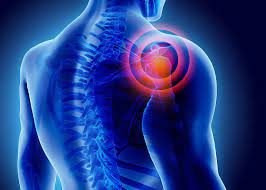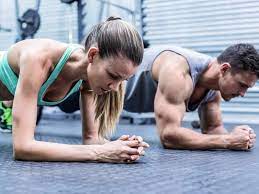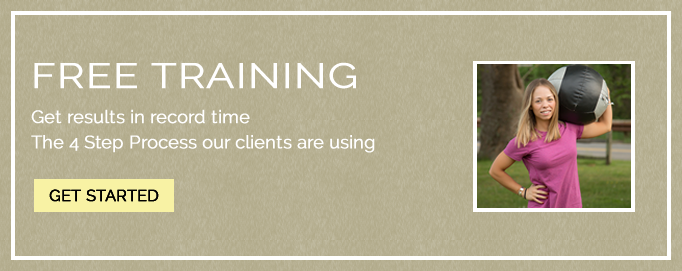Contrary to popular belief, no pain = gains. Soreness is not a sign that you had a good workout and actually the opposite is true. If you are not sore after your training session, don’t fire your trainer! It actually means you are more likely to see progress.
First of all, what is soreness?

Soreness is inflammation. It happens when the stress you put your body through is more than what you normally put it through. It is also known as DOMS, delayed onset muscle soreness and occurs anywhere from 24-72 hours after training (DeSimone, Grace 2017). Of course, not all soreness is bad if it is not impacting your daily movement, but that’s not what we are talking about in this article!
Please stop striving for soreness. More often then not it is a sign you put your body through too much stress and now won’t be able to recover quickly enough to hit your next session. The more sore, the more likely to skip your workout or you won’t skip it but give half the effort.
To quote HBO Chief Executive Richard Plepler, “More is not better. Only better is better.”
You can and will make progress without being sore! There I said it.

Now after a harder training day, you will feel something, but remember, soreness is not the goal. After training, you want to feel like you worked the muscles that you targeted, this could mean a tight feeling or a warmth or mild swelling sensation.
One overlooked way to reduce muscle soreness is examine your nutrition and make sure you are eating enough to support your building muscle.
Measure your training more objectively through
- Training journal
- Progress Videos/Pictures
- Measurements or how your clothes fit and feel
- Assessing and reassessing with a coach
These are much more effective ways of measuring your progress than how sore you are the following days.
If you do experience soreness make sure to prioritize active recovery. My favorite ways to incorporate active recovery are foam rolling, CARs routine, sauna, long walks and gentle stretching. Nothing too strenuous, but something light to promote circulation and lower inflammation.
Reference:
DeSimone, Grace T. B. SHAREABLE RESOURCE: Sore and More. ACSM’s Health & Fitness Journal: May/June 2017 – Volume 21 – Issue 3 – p 5 doi: 10.1249/FIT.0000000000000287

